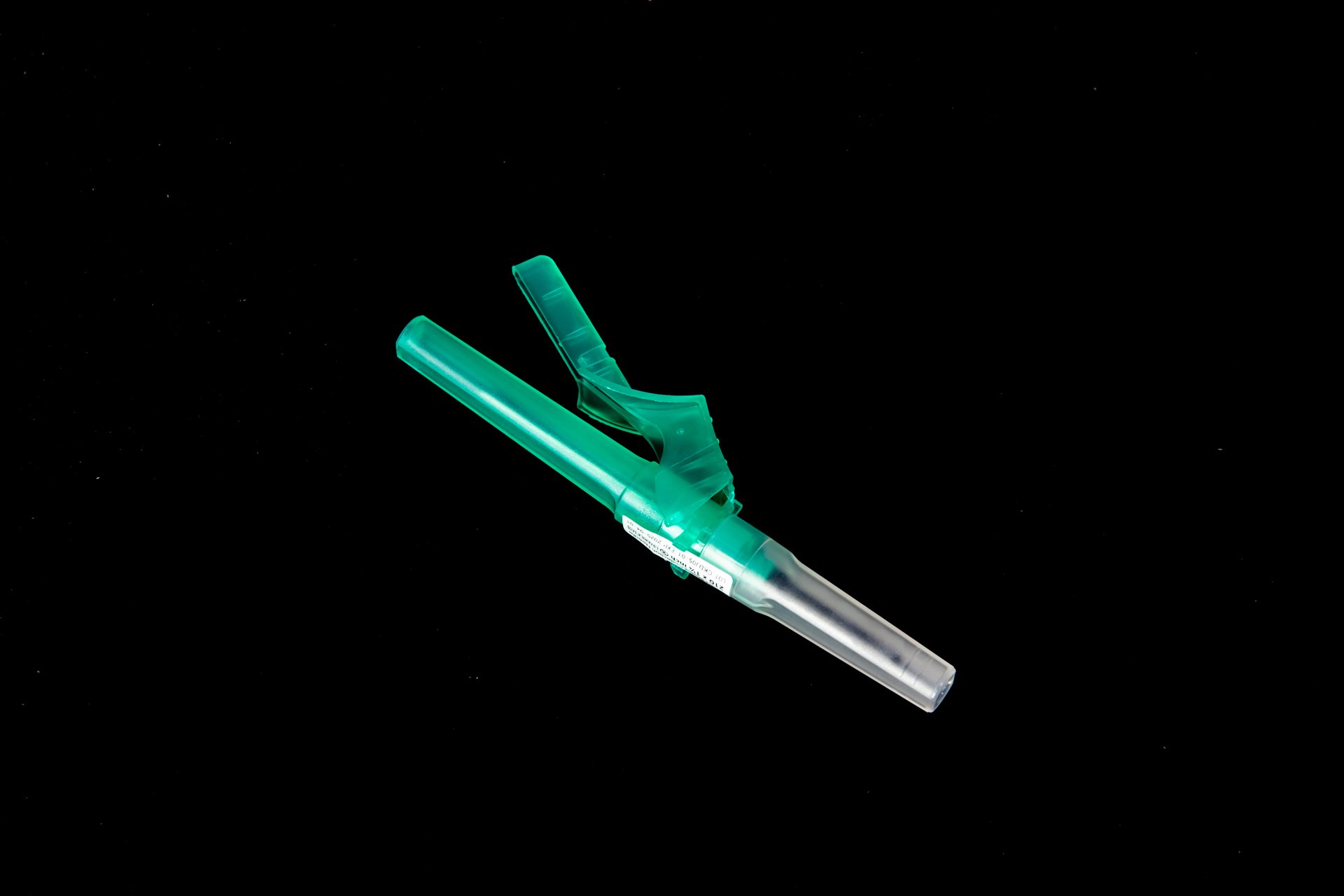Safety Measures For Blood Needles
Safety Measures for Blood Needles
Blood needles are an essential tool in the healthcare industry, used for various medical procedures such as drawing blood, administering medication, and conducting tests. However, the use of blood needles also carries certain risks, including the potential for needlestick injuries and the transmission of infectious diseases. In order to ensure the safety of both healthcare workers and patients, it is important to follow proper safety measures when using blood needles. In this article, we will discuss some important safety measures that should be implemented when handling blood needles.
Proper Handling and Disposal
One of the most important safety measures when it comes to blood needles is proper handling and disposal. Healthcare workers should always treat blood needles as if they are contaminated, even if they appear clean. This means following proper protocol for handling and disposing of blood needles, including:
Using gloves when handling blood needles
Avoiding recapping needles
Using a sharps container for disposal
Sealing the sharps container when full
Never overfilling the sharps container
By following these steps, healthcare workers can minimize the risk of needlestick injuries and prevent the spread of infection.
Regular Training and Education
Another important safety measure when it comes to blood needles is regular training and education for healthcare workers. It is essential that all staff who handle blood needles receive proper training on how to safely use and dispose of them. This training should include information on:
Proper needle handling techniques
Signs and symptoms of needlestick injuries
Proper disposal procedures
Preventative measures for needlestick injuries
By ensuring that all healthcare workers are properly trained, hospitals and clinics can help prevent accidents and reduce the risk of infection.
Use of Safety Devices
In recent years, there has been a push to implement safety devices for blood needles in order to reduce the risk of needlestick injuries. These devices are designed to prevent accidental needlesticks by retracting the needle into the syringe after use. Some examples of safety devices include:
Needlestick prevention devices
Needleless systems
Protective barriers
By using these safety devices, healthcare workers can greatly reduce the risk of needlestick injuries and improve overall safety in the workplace.
Regular Monitoring and Assessment
In addition to following proper safety measures, it is also important for hospitals and clinics to regularly monitor and assess their needle safety protocols. This includes:
Conducting regular safety audits
Reviewing incident reports
Implementing new safety measures as needed
Providing feedback to staff on safety practices
By regularly monitoring and assessing needle safety protocols, healthcare facilities can identify areas for improvement and make necessary changes to protect both staff and patients.
Conclusion
In conclusion, safety measures for blood needles are crucial for protecting healthcare workers and patients from the risks associated with needlestick injuries and the spread of infection. By following proper handling and disposal procedures, providing regular training and education, using safety devices, and monitoring safety protocols, hospitals and clinics can create a safer environment for all those who handle blood needles. Ultimately, implementing these safety measures is essential for ensuring the well-being of both healthcare workers and patients.
OSHA - Needlestick PreventionCDC - Preventing Needlestick InjuriesWHO - Needle Safety Guidelines
Disclaimer: The content provided on this blog is for informational purposes only, reflecting the personal opinions and insights of the author(s) on phlebotomy practices and healthcare. The information provided should not be used for diagnosing or treating a health problem or disease, and those seeking personal medical advice should consult with a licensed physician. Always seek the advice of your doctor or other qualified health provider regarding a medical condition. Never disregard professional medical advice or delay in seeking it because of something you have read on this website. If you think you may have a medical emergency, call 911 or go to the nearest emergency room immediately. No physician-patient relationship is created by this web site or its use. No contributors to this web site make any representations, express or implied, with respect to the information provided herein or to its use. While we strive to share accurate and up-to-date information, we cannot guarantee the completeness, reliability, or accuracy of the content. The blog may also include links to external websites and resources for the convenience of our readers. Please note that linking to other sites does not imply endorsement of their content, practices, or services by us. Readers should use their discretion and judgment while exploring any external links and resources mentioned on this blog.



